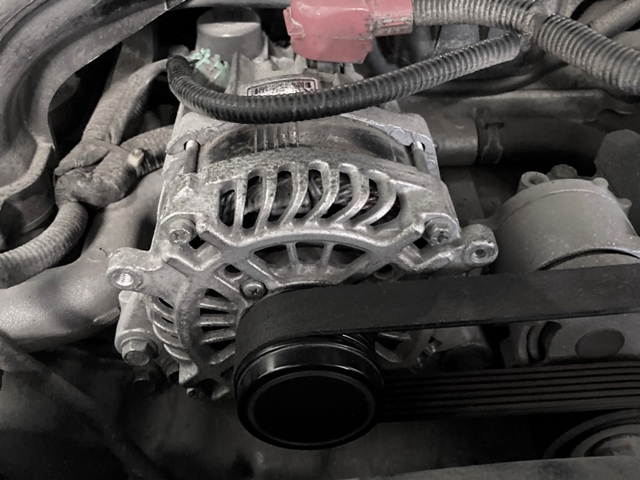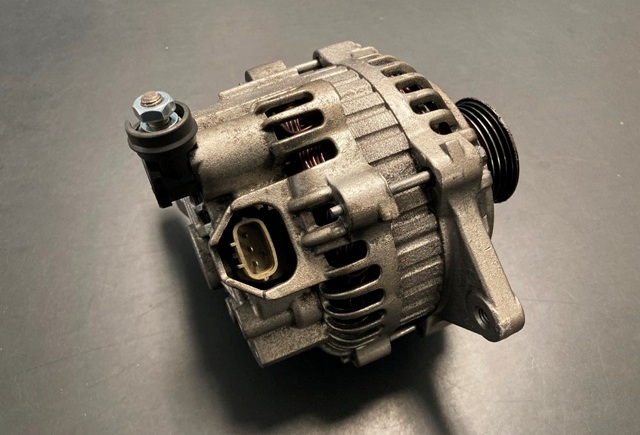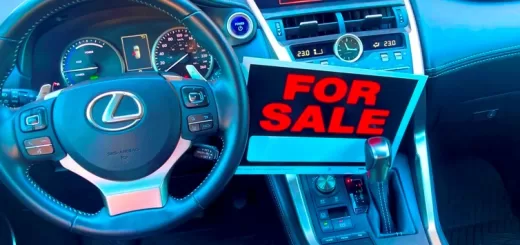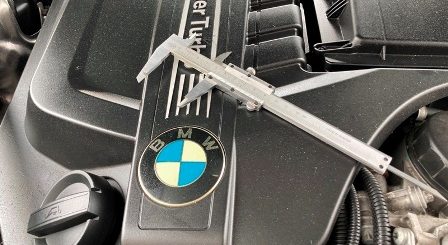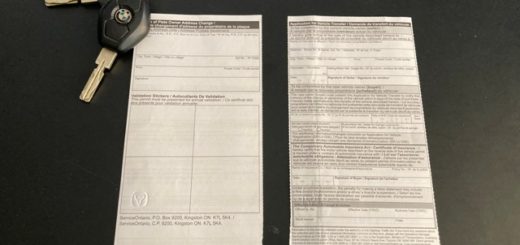Symptoms of Bad Alternator
Symptoms of a Bad Alternator
Battery powers everything electrical in your car, lights, engine electrical system, dashboard instruments and all other gadgets they are adding to cars these days. However, a car battery does not produce but only stores energy and needs to be maintained and charged continuously. Especially in cold Canadian winters and adverse weather conditions.
Cars are equipped with an alternator to convert mechanical energy into electrical energy, charging and maintaining battery in your car. A failing alternator will cause battery to deplete, triggering an array of electrical and electronic malfunctions on your vehicle systems.
Symptoms of Failing Alternator Warning Signs
- Battery Warning Light
Battery Warning Light is an indicator of battery charging system and/or battery itself malfunction. Battery warning light will make people think they have a bad battery at first glance (after all is a battery symbol). However, most often than not battery warning light is triggered by a failing alternator.
Old or bad car batteries very rarely trigger a battery warning light. ECM (Electronic Control Module) does not really monitor battery itself but charging system in general. Alternator voltage on the other hand, is constantly monitored by ECM. Alternator will always trigger battery warning light when alternator stops charging, or if charging voltages are below or above normal parameters.
- Noisy Alternator
While is difficult to pinpoint unusual noises in your car, if you hear alternator making a high pitch or growling noises then alternator bearings are failing. Noisy alternator bearing means alternator is on its way out.
However, you will not get a battery warning light is this case. Alternator might still be charging battery normally even with a bad bearing, until bearings completely seizes or breaks. Noisy alternator bearing is a warning in advance that alternator is about to fail and time has come for a new alternator.
Dim or Flickering Lights
Common symptoms of a bad alternator are commonly unstable vehicle lights. Alternator has a charging voltage anywhere between 13.3 volts to 14.7 volts, depending on circumstances, battery charge, electrical load, etc. If alternator voltage falls below or rises higher than normal parameters you will get dim head lights, dimmer or over bright dashboard lights and flickering instrument cluster lights.
- Dead Battery
If alternator is not charging, your car battery will deplete. A car battery can sometimes die on its own. but if you already changed your battery with a new one and it still depletes then you have a problem with charging system. Most likely a failed alternator. Check alternator voltage to be make sure is charging properly. Checking alternator voltage it’s easy and can be done by almost anyone, details here on: How to Check Battery and Alternator.
- Serpentine Belt failure
Alternator is powered by serpentine belt, and when serpentine belt fails or breaks alternator will stop working. If your alternator is not charging and you get a battery warning light accompanied with a squeaky serpentine belt at the same time, replace serpentine as first step to rule out belt problems before trying to diagnose or replace alternator.
- Slow Operation of Electrical Accessories
Electrical components and systems is your car will start to slow down if alternator does not provide enough power to battery. Example, your windows will be slower to operate or intensity of interior lights will be lower.
- Strange Smells
A bad alternator can be overcharging your battery and electrical system in general. Overcharging will cause overheating of battery or electrical wiring, resulting in heavy smells. If you feel a plastic burning smell, one of reasons might be a failing alternator.
How Alternator Fails
- Voltage regulator
Alternator voltage regulator controls alternator voltage output which should be between 13.3 volts and 14.6 volts depending on electrical load. A failed voltage regulator will lead to alternator overcharging and overloading electrical components in your car, causing a lot of problems and even melting electrical system wiring in some cases.
A bad voltage regulator can also destroy your battery by overcharging and heating it up. Heat will break up battery plates reducing battery ability to hold a charge and completely destroying the battery.
- Alternator Bearings
Alternator has two parts, rotor and stator. Rotor has bearings which allow it to spin at high speed when alternator is working. Failure on one of rotor bearings will cause alternator to fail. In some cases, bearing will seize and alternator pulley will stop spinning. High friction will break or burn serpentine belt too if alternator bearing seize.
- Alternator wiring
Alternator stator consist of several coils made of cooper wiring windings. Corrosion or heat can destroy cooper wiring insulation causing a short and alternator will stop charging. Stator failures are rare, however when this happens you will need a new alternator.
- Alternator Clutch
Modern cars are coming up with a clutch inside alternator pulley to raise fuel economy. Alternator clutch is controlled by car’s ECM. Clutch engages or disengages depending on battery charge, fuel economy and other considerations. If clutch fails, alternator rotor will not engage and alternator will not function.
What happens if Alternator Fails While Driving?
You will get battery warning light on dashboard indicating that battery is not being charged by alternator. However, you can still drive your car until battery reserve runs out completely. Probably 20km (or less) depending on battery size, battery condition and traffic.
This is assuming your alternator fails while driving and as an emergency you need to reach your destination. Turn off all unnecessary electrical accessories and air conditioning to reduce battery load if you are driving with a failed alternator.
However, if you get a battery warning light prior to driving or as soon as you start the car (in the morning for example when you are going to work), then do not drive. Starting a cold car depletes battery power very. If alternator is not charging, you’re not going far before your car shuts down for good.
With alternator covered, how about taking a look at Symptoms of a Failing Car Battery.
(If you are also looking for a fast and easy solution to sell your car, more here on “How To Sell Your Car Fast In Ontario” )
Comments: If you have any questions or suggestions related to this post or Used Car Toronto in general, don’t hesitate to use comment section below.


